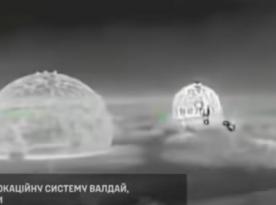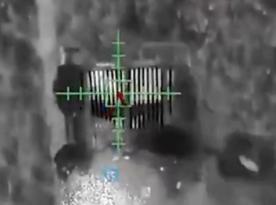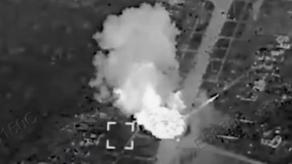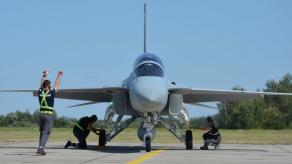Ukrainian Defense Forces need mortars, self-propelled mortar systems if possible, in order to repel the russians with their "living wave" tactics. The indications of it we can see throughout the Ukrainian media, social media etc. The same sources suggest that making a primitive mortar carrier is no big deal, especially given the historically capable metallurgical industry of Ukraine.
Despite the looks of it, producing new mortars is a much more complex issue than just making a metal tube and a chassis to carry this tube. And be the situation critical as it may, there seems to be no quick solution to this problem.
Read more: russians Bring More Rare "Hosta" Hybrid SPGs to Ukrainian Frontlines

To begin with, over the past year 2022, the Ukrainian metallurgical industry.actually lost at least 50% of its capacity, and production fell by at least 70%. As a matter of fact, in the temporarily occupied Mariupol only, the russians destroyed a significant amount of capacity for the production of special steels, which in one way or another already affects the prospects of Ukraine's defense industry.
Lastly, it is not enough to just make metal billets, the process also requires proper technological basis to transform the billet into a full-fledged weapon, with a chassis, a gun barrel and all the fire control equipment. And in reality, the weapon production process is even more difficult than we just wrote, as there are more specific details and issues inevitably arising along the way.
For reference, let's take the Polish Rak self-propelled mortar made by the PGZ state company as an example. It is good for illustration in our case because this mortar was designed to be produced quickly and en masse.
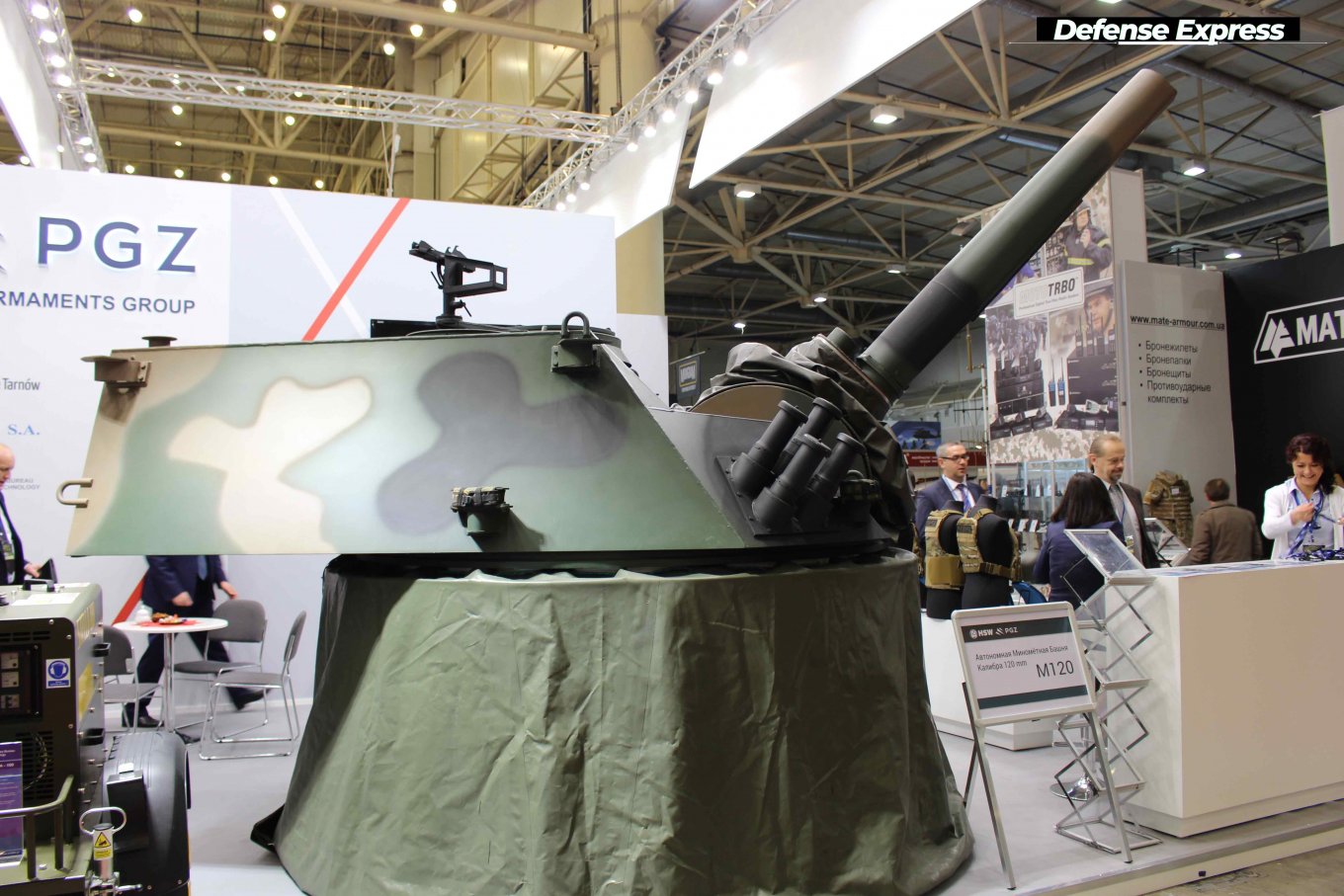
In addition to the wheeled variant, Polish engineers made a version mounted on a modified tracked chassis from the "Gvozdika" SPG, the howitzer that is actively used by the Ukrainian military. Also, the Polish Rak can use some types of guided ammunition produced by Ukrainian "Luch" design bureau.
In practice, thePolish defense industry managed to make only 80 Rak mortars, with effort. That is 16 vehicles or two battalion sets per year. There is no data from 2022 in the open access yet: it looks like all the capacity of the Polish PGZ have been "switched" over to making another type of artillery system much needed for the Ukrainian Armed Forces, the 155mm Krab self-propelled howitzer.
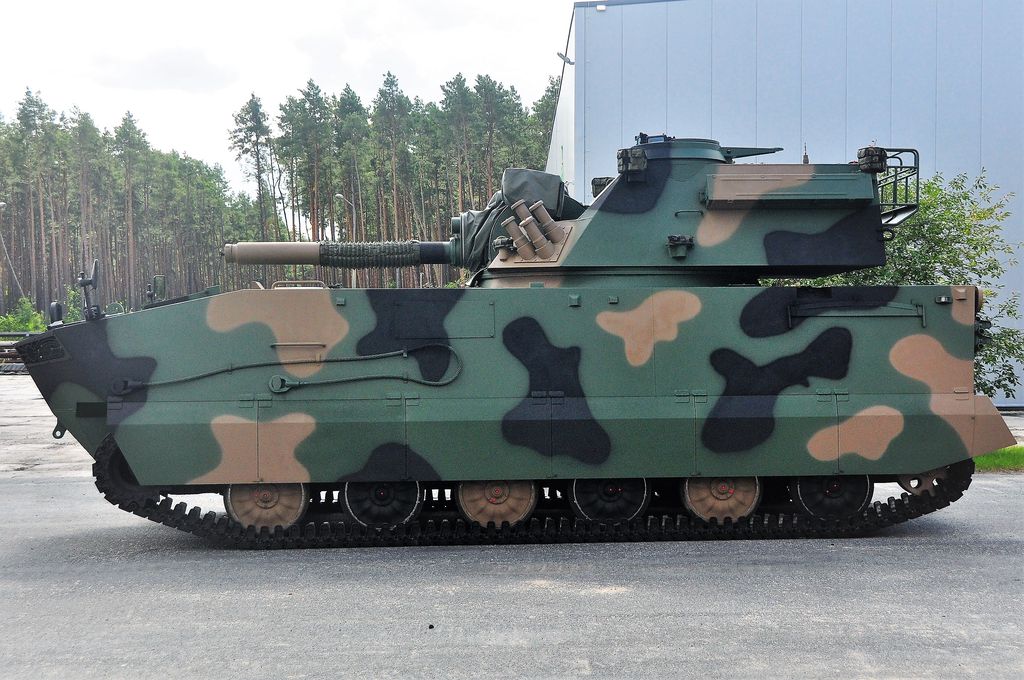
Over the past whole year of war against russia, there have been countless examples when Ukrainian soldiers "covered" the lack of equipment with their skillful application of available assets on the operational level. Maybe, this time as well the Ukrainian military will be able to find an alternative solution in the same manner of the problem and find a way how to deal with the shortage of mortars without producing more of them.
The reason to believe in that is the "signals" we can already find in open media indicating that the success of russian "living wave" tactics depends not as much from the quantity of mortars per segment of the frontline but rather from the effective communication and coordination between neighboring units in the area.
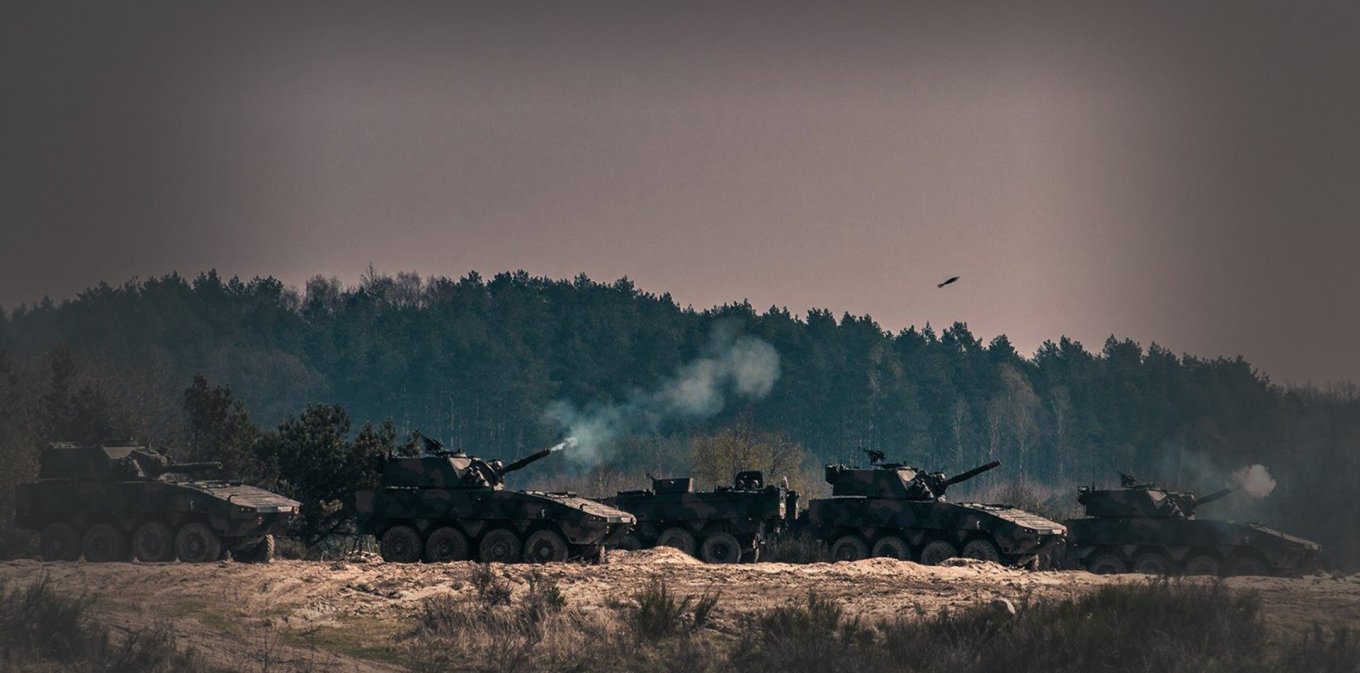
Read more: Overview of UAVs the US to Send to Ukraine: ALTIUS-600, Jump 20, Switchblade 600 and CyberLux





